Why Some B2B Companies Fall Behind on Organic Social Media
Many B2B brands are aware of the latest social media trends but fail to convert them into tangible results. The digital landscape is dynamic, and simply acknowledging trends without adapting to them leaves companies struggling to gain traction. The brands that lag behind often make common mistakes that hinder their ability to scale engagement and establish authority. Below are some of the key reasons why companies fall short in organic social media success:
-
Lack of long-term commitment: Brands chase trends but fail to sustain efforts long enough to see results. Instead of giving new strategies time to develop, they prematurely abandon them in favor of newer trends.
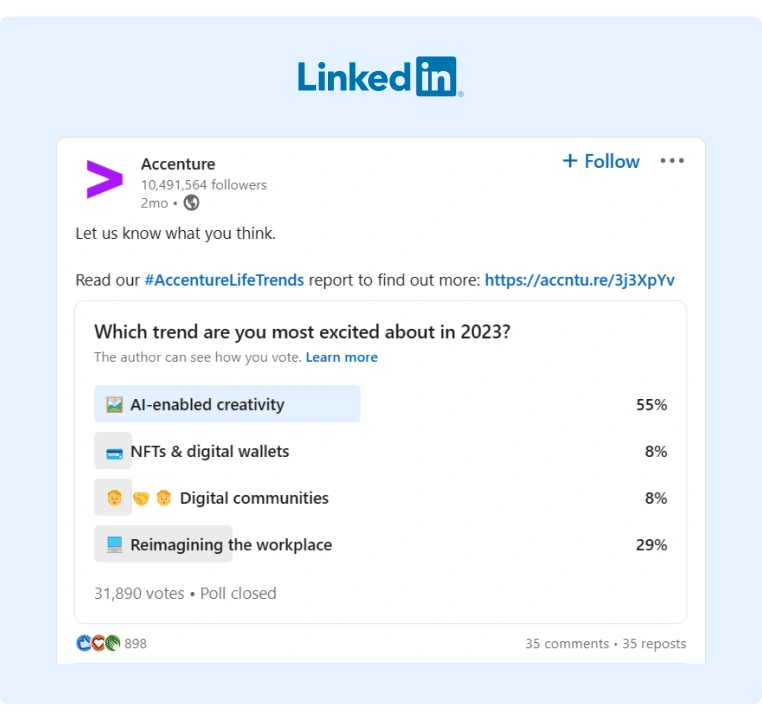
-
Failure to adapt content to platform algorithms: Social platforms favor engagement-driven content, but many B2B companies still rely on outdated approaches, such as static promotional posts with little audience interaction.
-
Not investing in employee advocacy: Brands that only post from corporate accounts miss out on the reach and credibility that employees provide. Social media algorithms tend to prioritize content from personal profiles over brand pages.
-
Over-reliance on paid media: Paid ads are useful for quick wins, but a strong organic strategy builds long-term brand equity and trust. Many brands lean too heavily on paid promotions without nurturing an authentic social presence.
Now, let’s dive into how to take action on key social media trends for B2B.
Trend 1: AI-Driven Personalization – How to Use It for Maximum Engagement
AI-driven personalization is revolutionizing social media by allowing brands to deliver tailored content to specific audience segments. Instead of publishing generic messages that may not resonate with all viewers, AI tools can analyze audience behavior, engagement patterns, and industry trends to optimize content in real-time. Brands that leverage AI effectively can create highly relevant and engaging social experiences.
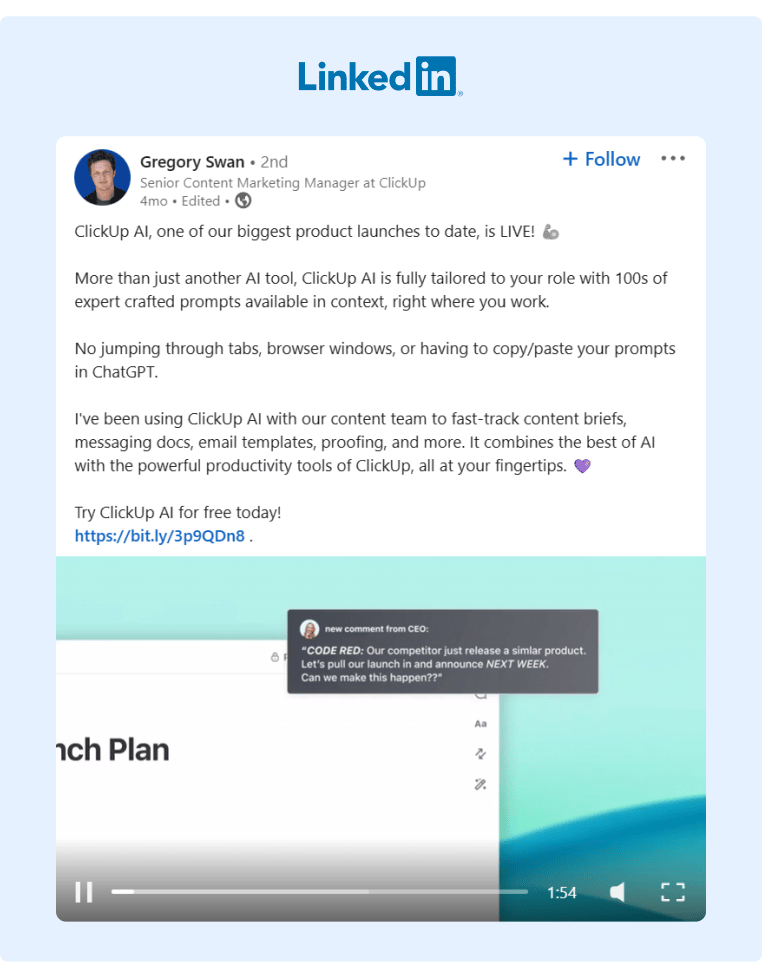
B2B brands leveraging AI for content creation and personalization are standing out, but many struggle to use it effectively. AI-driven social strategies are no longer optional—they are essential for brands looking to cut through the noise. Businesses that fail to integrate AI into their content strategies risk falling behind competitors that are using machine learning to enhance engagement, predict customer needs, and deliver hyper-relevant content. AI allows brands to optimize not just what they post, but when and how they deliver their messages, making it a game-changer for B2B marketing.
Trend 2: Employee Advocacy – Turning Employees into Brand Ambassadors
Employee advocacy is one of the most powerful tools in organic social media marketing. It involves leveraging employees as brand ambassadors to extend reach, increase credibility, and drive higher engagement. When employees share company content on their personal networks, it often garners more visibility and trust compared to traditional brand-led messaging.
Companies with engaged employees on social media can amplify their reach significantly, while those that rely only on corporate pages struggle to gain traction. Employee-shared content receives 8x more engagement than content posted by corporate pages. The reason? People trust people more than brands. Employees add authenticity and humanize the brand, making its message more relatable. The companies that successfully implement employee advocacy don’t just ask employees to share—they equip them with content, resources, and incentives that make participation natural and rewarding. Organizations that overlook this strategy are missing out on one of the most effective ways to expand their organic reach.
Trend 3: Short-Form Video – How to Make It Work for B2B
Short-form video is becoming a dominant content format, offering quick, engaging, and digestible insights in just a few seconds. While many B2B brands hesitate to adopt video marketing due to production costs or lack of expertise, short-form content provides an accessible entry point into video storytelling without requiring a big budget.

Short-form videos dominate social media, but many B2B brands hesitate due to resource constraints. However, the companies that prioritize video—even in small ways—are seeing significantly higher engagement rates. Social media platforms like LinkedIn, Instagram, and TikTok are pushing video content because users engage with it more. Brands that fail to incorporate short-form video into their strategy risk lower visibility as social algorithms prioritize video over text-based posts.
Additionally, short-form video allows B2B brands to break down complex topics in an easily digestible manner, helping them stay relevant in the fast-scrolling digital world.
Trend 4: Building an Engaged Community (Instead of Just Posting)
Engagement isn’t just about pushing out content—it’s about fostering meaningful conversations and building an active community. Rather than simply broadcasting messages, successful B2B brands are shifting towards creating spaces where audiences can interact, share insights, and feel connected to the brand.

B2B brands that actively engage their audience rather than just posting content are driving deeper connections. While many companies focus on metrics like impressions and likes, the real value lies in meaningful interactions. The most successful brands are those that create spaces where their audience feels heard and valued, whether through LinkedIn groups, exclusive forums, or live discussions. Companies that don’t actively nurture a community are missing an opportunity to turn passive followers into loyal brand advocates. A highly engaged community becomes an invaluable asset, fueling organic conversations and brand loyalty.
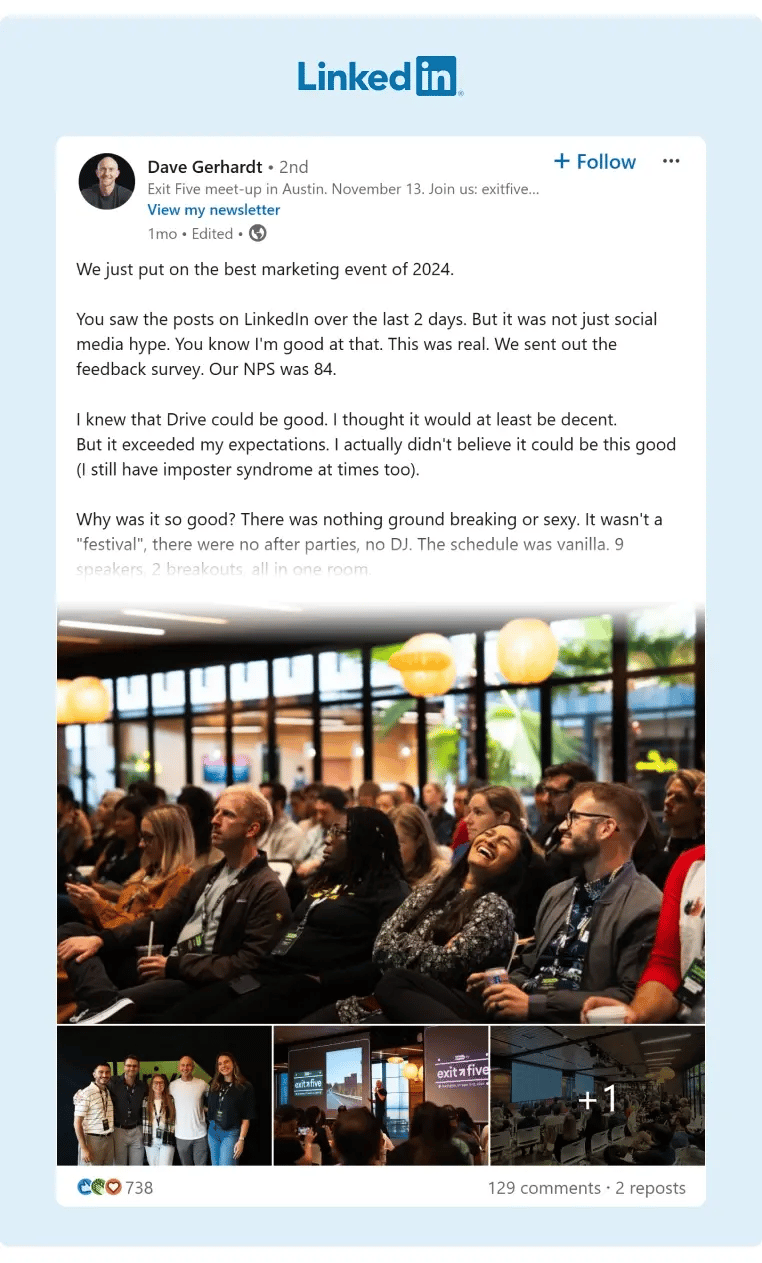
Trend 5: Platform-Specific Content – The Mistake Most B2B Companies Make
One of the most common mistakes B2B brands make is repurposing the same content across multiple platforms without adapting it for each channel. Different platforms cater to different audience behaviors, and tailoring content accordingly can significantly boost engagement and visibility.
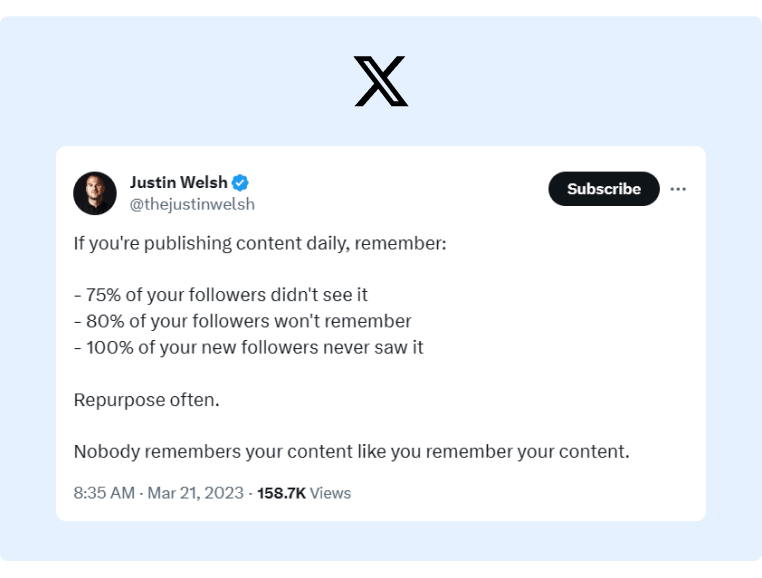 Posting identical content across all platforms kills engagement. Winning brands tailor content per platform. The reason is simple: each platform has a unique user behavior. LinkedIn is built for thought leadership, Twitter thrives on real-time updates, and Instagram rewards visual storytelling.
Posting identical content across all platforms kills engagement. Winning brands tailor content per platform. The reason is simple: each platform has a unique user behavior. LinkedIn is built for thought leadership, Twitter thrives on real-time updates, and Instagram rewards visual storytelling.
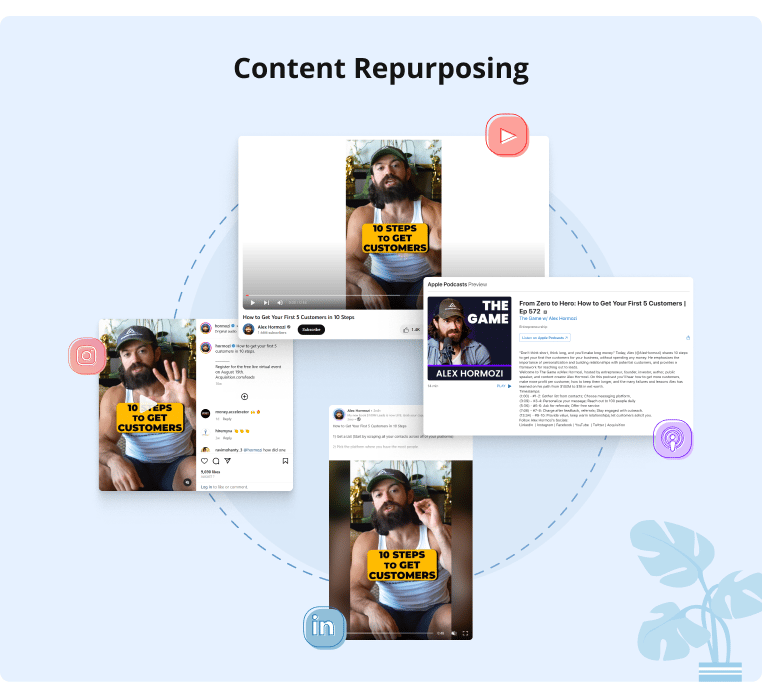
Companies that understand these nuances and craft content specifically for each platform outperform those that use a one-size-fits-all approach. Brands that fail to optimize their content strategy per platform will continue to see lower engagement and reduced organic reach compared to their more adaptive competitors.
How GaggleAMP Helps B2B Companies Implement These Strategies
As social media trends evolve, B2B companies need tools that can help them execute these strategies effectively. While understanding trends is important, having a streamlined platform to facilitate implementation can be the difference between a successful organic social media presence and a stagnant one. This is where GaggleAMP provides immense value, helping brands scale their organic engagement and maximize their reach with minimal effort. Here’s how:
-
Streamline Employee Advocacy – Encouraging employees to share company content manually can be difficult and inconsistent. GaggleAMP simplifies this by providing employees with pre-approved content they can share effortlessly, ensuring brand messaging remains consistent while significantly increasing organic reach.
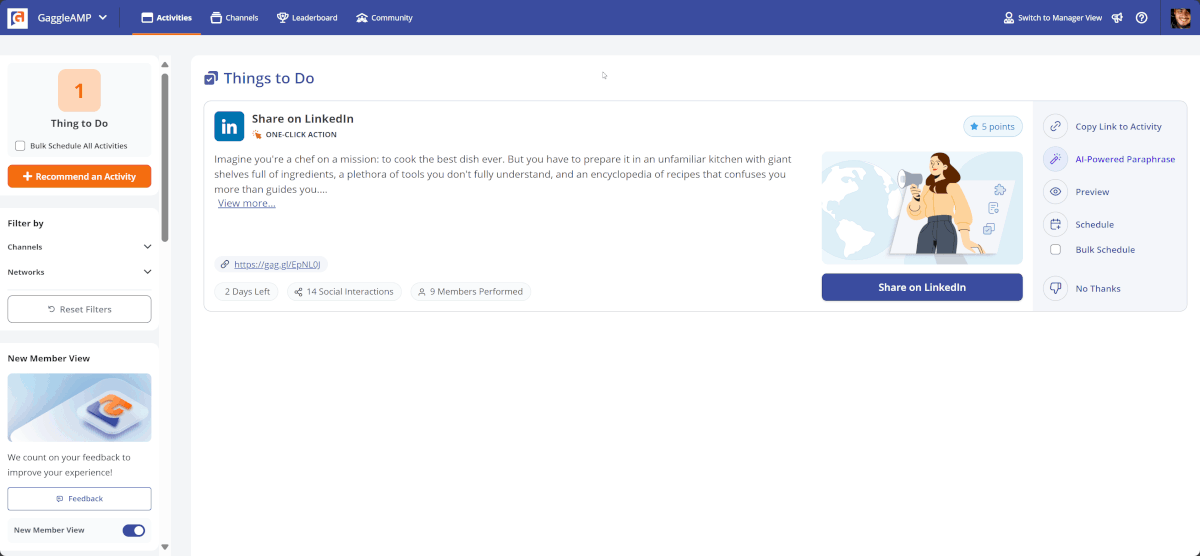
-
Boost Organic Engagement – Simply posting content is not enough; engagement is the key to expanding visibility. GaggleAMP allows companies to track employee participation, measure social reach, and refine advocacy strategies based on engagement analytics, ensuring maximum impact from every post.
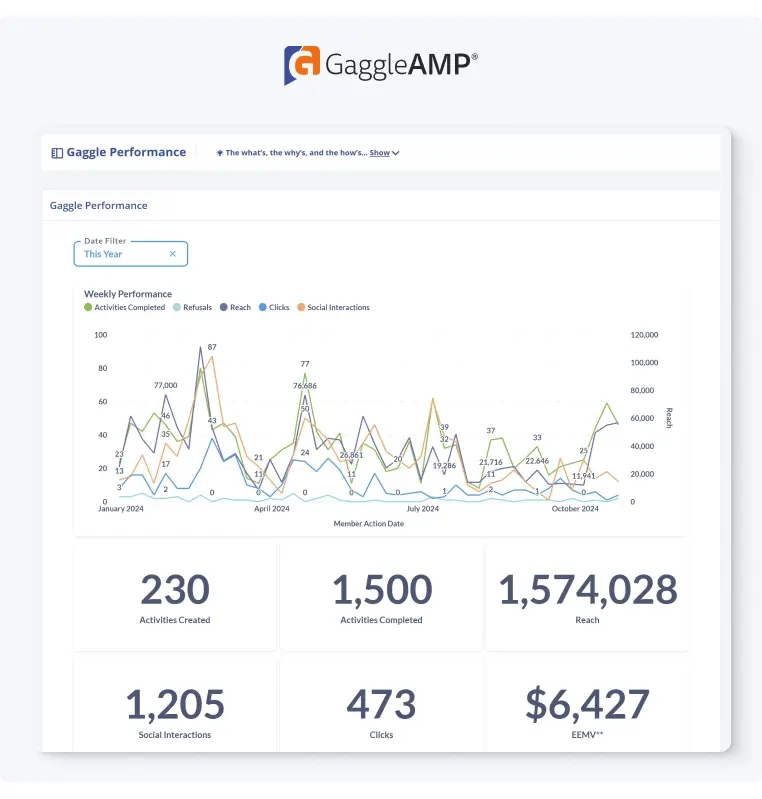
-
Multi-Platform Support – Organic social media success requires an omnichannel approach. GaggleAMP helps brands distribute content seamlessly across platforms like LinkedIn, Twitter/X, and Facebook, allowing teams to tailor their messaging per platform while maintaining efficiency in execution.
By leveraging GaggleAMP, B2B brands can effectively execute the latest social media trends, ensuring they stay ahead of competitors and foster a powerful organic presence.
Staying Ahead Requires More Than Just Knowing the Trends
Knowing the latest B2B social media trends is a great start, but execution is what separates leading brands from the rest. Start by adopting an employee advocacy program or personalizing content with AI, consistent action will set your brand apart.
Explore how GaggleAMP can help you implement these strategies seamlessly. Learn more here.












